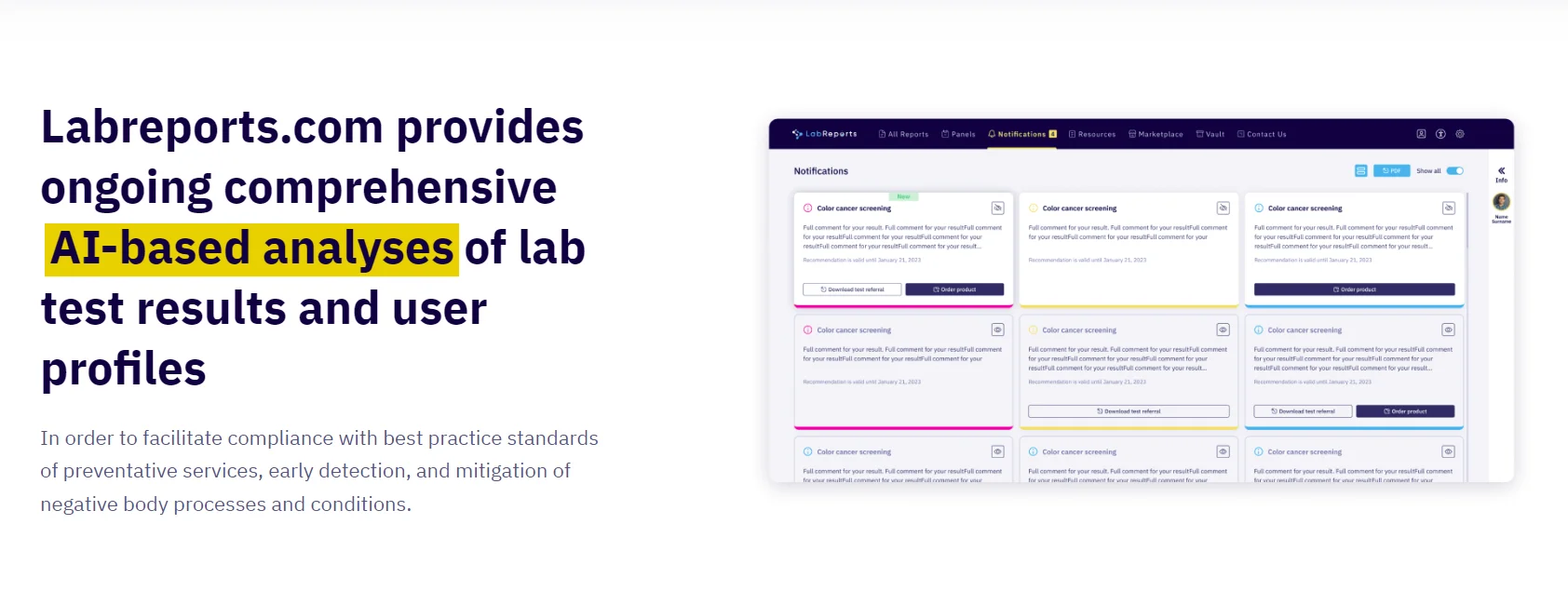With Red Hat OpenShift, teams achieve a single, built-in platform for DevOps. Red Hat OpenShift presents builders their alternative of languages, frameworks, middleware, and databases, together with build and deploy automation via CI/CD to supercharge productiveness. Also obtainable is a knowledge and storage companies platform engineered for containers, Red Hat OpenShift Data Foundation. This simplified overview of Kubernetes structure just scratches the surface.
3) In the Worker node, there could be a quantity of pods and pods can comprise a number of containers. 1) In the Kubernetes architecture diagram above you probably can see, there is one master and a quantity of nodes. This freedom of alternative is a half of the flexible nature of Kubernetes. While it may be advanced to implement, Kubernetes provides you super power to run containerized functions by yourself phrases, and to react to adjustments in your group with agility.

Etcd may be configured externally, although it’s typically a half of the Kubernetes control airplane. The management airplane is the nerve middle that houses Kubernetes cluster architecture components that management the cluster. It additionally maintains an information document of the configuration and state of all of the cluster’s Kubernetes objects. Pods operate on nodes together, so that they share content and storage and may communicate with other pods through localhost. A single node can operate several pods, every accumulating numerous containers.
Kubernetes Worker Node Parts
An enterprise application platform with a unified set of tested providers for bringing apps to market in your selection of infrastructure. A Kubernetes cluster needs a minimal of one compute node, but will normally have many. It is the method responsible for forwarding the request from Services to the pods. It has clever logic to forward the request to the best pod in the worker node.

Kubernetes is an orchestration software for managing distributed services or containerized purposes across a distributed cluster of nodes. It was designed for natively supporting (auto-)scaling, excessive availability, safety and portability. Kubernetes itself follows a client-server structure, with a master node composed of etcd cluster, kube-apiserver, kube-controller-manager, cloud-controller-manager, scheduler.
Understanding Kubernetes Node-to-node Communication: A Deep Dive
If the desired state does not match the present state of the item, corrective steps are taken by the control loop to align the present state with the specified state. A Linux container is a set of processes isolated from the system, running from a distinct image that gives all the files essential to support the processes. As you browse redhat.com, we’ll advocate resources you may like. When API Server receives a request for Scheduling Pods then the request is handed on to the Scheduler.

Nodes may be cloud-native virtual machines (VMs) or bare metal servers in data facilities. The following are a number of the finest container orchestration tools that facilitate deployment, establish failed container implementations, and handle utility configurations. If this intricate structure has left you wondering about the origins and the evolution of Kubernetes, you’ll have the ability to read our article on this subject. To help you acquire a agency understanding of the Kubernetes platform, we will explain K8s structure and functionality on this article. To get essentially the most out of this content material, you should be acquainted with the ideas of containerization, microservices, immutable structure, and infrastructure-as-code. If you’re not snug with those ideas but, we advocate beginning with the primary articles of our government guide to Kubernetes.
Demystifying Kubernetes Service Types: Clusterip, Nodeport, And Loadbalancer
Developers also can create specialized deployment and administration procedures, along with higher levels of automation for functions made up of several containers. Kubernetes (K8s) is an orchestration platform for containerized applications. It enables enterprises to automate the administration and configuration of container workloads at scale. As containers have turn into the cornerstone of recent software delivery, K8s has become the preferred platform to orchestrate them. In organizations, multiple numbers of containers run on a number of hosts at a time.
A worker node is a bodily or digital machine running either Linux or Windows. A pod normally only holds one container (although they can maintain a quantity of if they are tightly coupled), so you can usually think of each particular person pod as an instance of a particular microservice. It is responsible https://www.globalcloudteam.com/ for deploying containers to worker nodes using pods, monitoring the health of nodes and pods, and addressing any failures. If you know solely the fundamentals of Kubernetes, you realize it’s an open supply container orchestration platform designed for operating distributed purposes and providers at scale.
A Kubernetes cluster will need to have at least one computing node, however it could have many extra depending on capability necessities. Because pods are coordinated and scheduled to execute on nodes, extra nodes are required to extend cluster capability. They link purposes in addition to networking, computation, and storage sources. Kubernetes provides the instruments to orchestrate a large and complicated containerized software, but it additionally leaves many decisions as much as you.
We ship hardened solutions that make it simpler for enterprises to work across platforms and environments, from the core datacenter to the network edge. Linux containers and digital machines (VMs) are packaged computing environments that mix numerous IT elements and isolate them from the the rest of the system. Red Hat® OpenShift® is an enterprise-grade Kubernetes distribution.
What Are Key Elements Of Kubernetes Architecture?
Pods are also able to horizontal autoscaling, that means they can grow or shrink the number of situations running. Until now, we have coated ideas that are inside and infrastructure-focused. In distinction, pods are central to Kubernetes because they’re the key outward facing construct that builders work together with. Several sorts of pods play an important function within the Kubernetes container mannequin.
A bodily cluster can be break up into a number of digital clusters utilizing namespaces. In a Kubernetes surroundings, a number of controllers govern the states of endpoints (pods and services), tokens and repair accounts (namespaces), nodes, and replication (autoscaling). The kube-controller supervisor, often generally known as the cloud controller manager or just the controller, is a daemon that manages the Kubernetes cluster by performing numerous controller duties. The kubelet is an agent that runs on every employee node in the cluster.
- Overall Cloud Controller Manager manages the lifecycle of cloud-specific resources utilized by kubernetes.
- 2) The Master node communicates with Worker nodes utilizing Kube API-server to kubelet communication.
- Kubernetes can additionally be run on a single computer such as a laptop for evaluation, growth, and testing.
- T does not run as a container instead runs as a daemon, managed by systemd.
Container runtime runs on all the nodes within the Kubernetes cluster. It is responsible for pulling images from container registries, working containers, allocating and isolating resources for containers, and managing the entire lifecycle of a container on a host. Kubernetes is a versatile container administration system developed by Google that’s used to handle containerized purposes in a number of environments. Initially introduced as a project at Google (as a successor to Google Borg), Kubernetes was released in 2014 to handle purposes working within the cloud. The Cloud Native Computing Foundation at present maintains Kubernetes. The pod is the core unit of administration in the Kubernetes ecosystem and acts because the logical boundary for containers that share resources and context.
Kubernetes is moveable in nature, that means it could run on various public or private cloud platforms such as AWS, Azure, OpenStack, or Apache Mesos. Ingress is a group of routing guidelines kubernetes based assurance that resolve how the external companies access the providers operating inside a Kubernetes cluster. Ingress supplies load balancing, SSL termination, and name-based virtual hosting.
It is responsible for managing and sustaining the state of pods on the node. The kubelet communicates with the API server to receive pod definitions and ensures that the desired containers are working and healthy. It screens the health of pods, starts and stops containers as needed, and reviews the status again to the API server. The API server is a key component of the Kubernetes management plane.
The Kubernetes API is the entrance finish of the Kubernetes management airplane, dealing with inner and external requests. The API server determines if a request is legitimate and, if it is, processes it. You can access the API via REST calls, via the kubectl command-line interface, or by way of other command-line instruments corresponding to kubeadm. It acts because the Cluster brain as a end result of it tells the Scheduler and other processes about which sources can be found and about cluster state adjustments. The API server is a component of the Kubernetes control plane that exposes the Kubernetes API. It is like an initial gateway to the cluster that listens to updates or queries via CLI like Kubectl.
